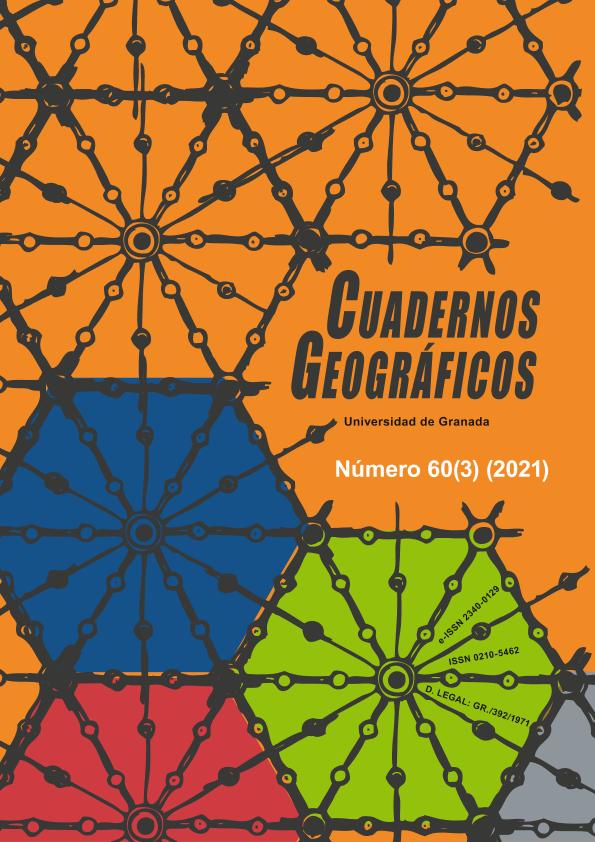Artículo
La relación entre clima y turismo tiene implicancias en todas las escalas territoriales. No obstante, la sensibilidad climática del turismo varía según la modalidady el tipo de actividad. Por ello, desde la perspectiva del confort, las característicasclimáticas del destino son un recurso importante para la planificación. El presentetrabajo evalúa el confort climático de la Argentina como recurso intangible para elturismo. El análisis se funda en el modelado espacial del Tourism Climate Index(TCI), calculado para 69 estaciones meteorológicas distribuidas uniformemente enel país. El TCI medio anual en la Argentina es de 73 puntos, indicando condiciones de confort climático-turístico ?muy buenas?. Sin embargo, el comportamientoespacial del índice permite diferenciar una banda diagonal de máxima y dos regiones espejo definidas por una disminución de los puntajes medios hacia el NE y elSO. Esto se atribuye a la distribución espacial de los subíndices que constituyen elTCI. El confort térmico diario y la velocidad del viento influyen negativamente enPatagonia, mientras que en Litoral contrapesan los altos montos de precipitación.Estos hallazgos evidencian la importancia e interés de considerar al clima como unrecurso estratégico en la planificación turística nacional. The relationship between climate and tourism has implications at all spatial scales. Yet the climatic sensitivity of tourism varies according to place-specific tourism types in which it takes place and activity type. Therefore, from comfort approach, the climatic features of destination are an important resource for planning. This paper evaluates the climate comfort of Argentina as an intangible resource for tourism. The analysis builds on spatial modelling of the Tourism Climate Index (TCI), calculated for 69 weather stations uniformly distributed throughout the country. The mean annual TCI in Argentina is 73, indicating “very good” climatic-tourist comfort conditions for tourism. However, the spatial distribution of the index exhibits a maximum diagonal band and two mirror regions defined by decreasing scores towards NE and SW. This is attributed to the spatial distribution of the sub-indices conforming the TCI. Daily thermal comfort and wind speed negatively influence Patagonia, while in Litoral, they counterbalance the high amounts of precipitation. These findings show the importance and interest of considering the climate as a strategic resource in national tourism planning.
Confort climático en la Argentina: un recurso intangible para el turismo
Título:
Climate comfort in Argentina: an intangible resource for tourism
Fecha de publicación:
01/12/2021
Editorial:
Universidad de Granada
Revista:
Cuadernos Geográficos
ISSN:
0210-5462
e-ISSN:
2340-0129
Idioma:
Español
Tipo de recurso:
Artículo publicado
Clasificación temática:
Resumen
Palabras clave:
CONFORT CLIMATICO
,
TCI
,
MODELADO ESPACIAL
,
TURISMO
,
ARGNTINA
Archivos asociados
Licencia
Identificadores
Colecciones
Articulos(CCT - BAHIA BLANCA)
Articulos de CTRO.CIENTIFICO TECNOL.CONICET - BAHIA BLANCA
Articulos de CTRO.CIENTIFICO TECNOL.CONICET - BAHIA BLANCA
Citación
Tanana, Ariadna Belén; Casado, Ana Lia; Campo, Alicia Maria; Gil, Veronica; Confort climático en la Argentina: un recurso intangible para el turismo; Universidad de Granada; Cuadernos Geográficos; 60; 3; 1-12-2021; 52-72
Compartir




